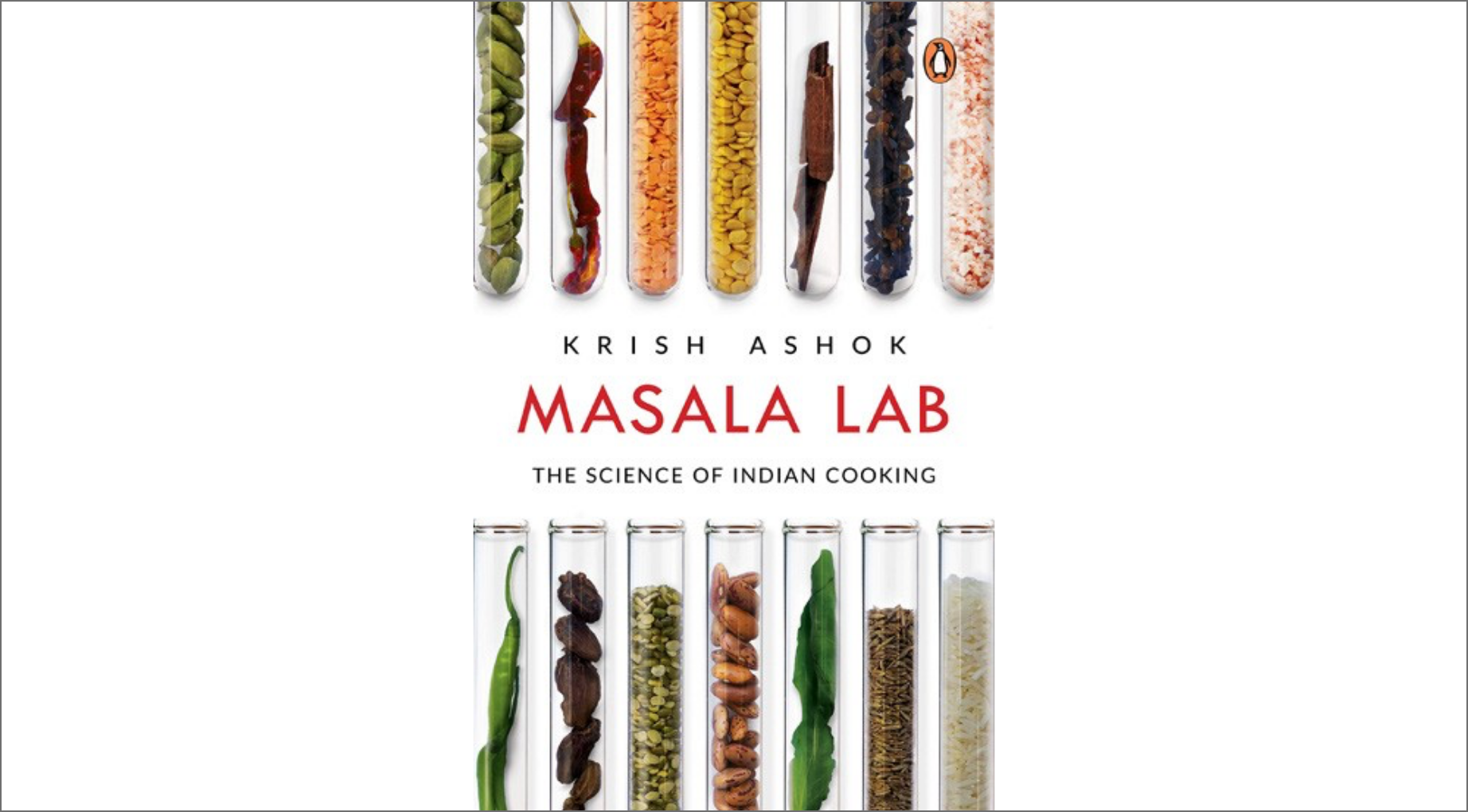Like greased lightning
-
- from Shaastra :: vol 02 issue 03 :: May - Jun 2023

The bandwidth capacity of a kilometre-long optical fibre cable can be increased 25 times, scientists say in a new study that promises to help unclog the Internet.
In a not-so-distant future, if you are able to access your Internet data more swiftly or breeze through your social media pages faster than ever, you may have to thank Siddharth Ramachandran, the pony-tailed Professor of Physics and Photonics at Boston University (BU) in the U.S., for the hassle-free run.
For over a decade now, Ramachandran and his colleagues have been working on ways to make optical fibres or 'light pipes' — which form the backbone of the modern information age — transmit more data with greater ease. Their latest work — published in the journal Science (bit.ly/opfib-2023) in late April — shows that they are close to that objective.
Using a kilometre-long, specially designed optical fibre cable, the scientists showed that the bandwidth capacity of the fibre could be increased 25 times. More important, their work may pave the way for a more energy-efficient means of signal transmission.
Optical fibres, which use pulses of light to transmit information, have revolutionised data communications, including the Internet and telephone systems. Introduced nearly half a century ago, these fibres have made faster communications possible in today's world. Currently, the total length of optical fibres deployed around the globe is estimated to be around 5 billion kilometres — 13,000 times the distance between the Earth and the Moon.
These high-capacity 'light pipes', which came into use in the early 1970s, are designed to exploit a fundamental understanding in physics called total internal reflection (TIR), which was discovered back in 1850. The same phenomenon explains why we see a mirage on a hot, dry day on a deserted stretch. Light or sound waves trying to escape from a denser medium to a rarer medium will be reflected in the first if the angle of incidence is right. Thus, materials with different refractive indices can act like mirrors, continuously bouncing off light with no or negligible loss. Optical fibres have been exploiting this property of light to transmit data over long distances.
PAST ISSUES - Free to Read


Have a
story idea?
Tell us.
Do you have a recent research paper or an idea for a science/technology-themed article that you'd like to tell us about?
GET IN TOUCH














